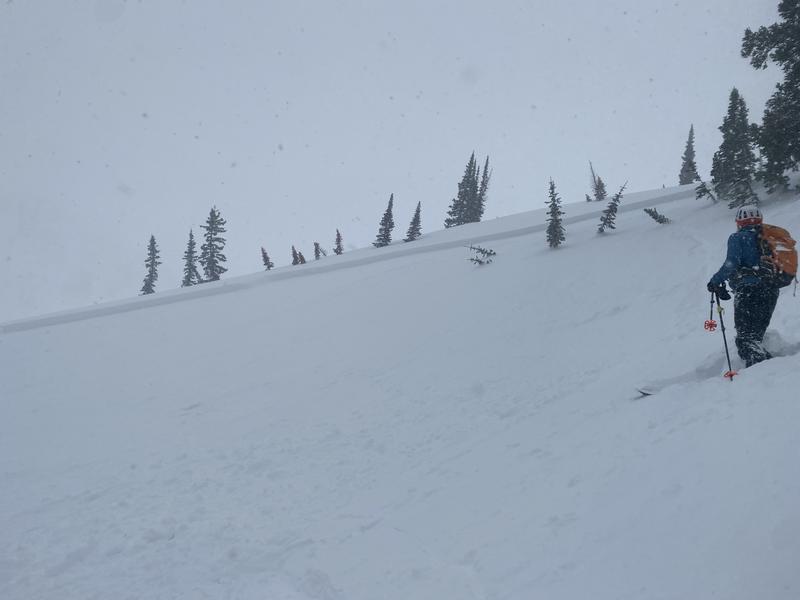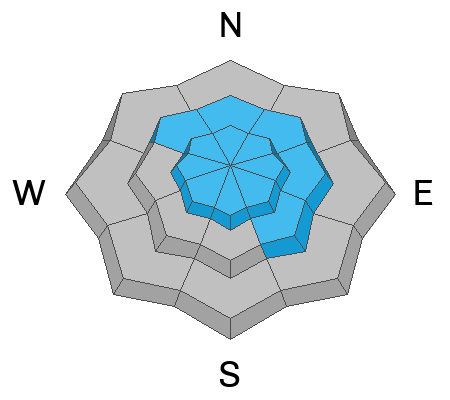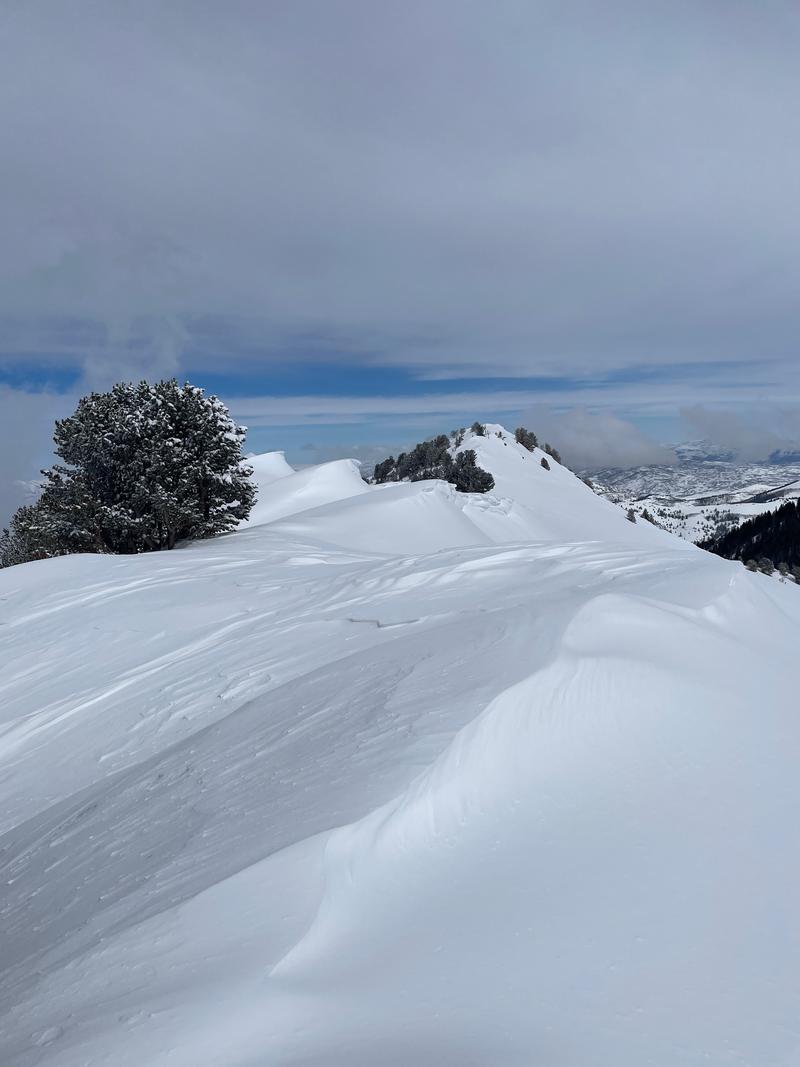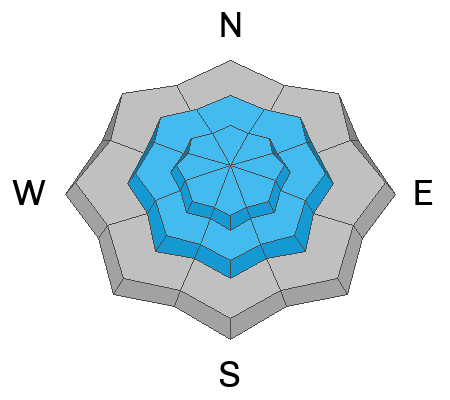Forecast for the Provo Area Mountains

Issued by Nikki Champion on
Thursday morning, March 23, 2023
Thursday morning, March 23, 2023
The avalanche danger is CONSIDERABLE on all upper slopes where heavy snowfall and strong winds have created dangerous avalanche conditions. Any bump in winds will continue to form unstable slabs of wind-drifted snow on all upper-elevation slopes and mid-elevation lee-ward facing slopes. Both loose snow and slab avalanches may be possible within the different layers of new snow from the past few days.
All mid-elevation slopes have a MODERATE avalanche danger, as they have received generally less wind and less snow.
Watch for any signs of instability within the new snow and wind-drifted snow such as cracking, collapsing and sluffing.
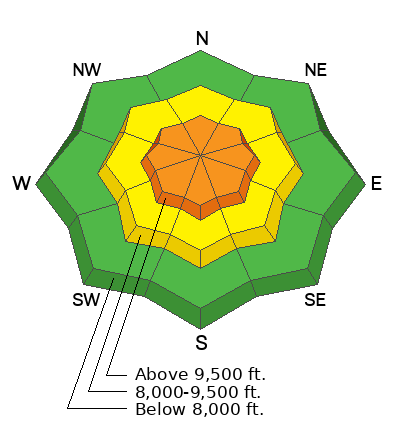
Low
Moderate
Considerable
High
Extreme
Learn how to read the forecast here


